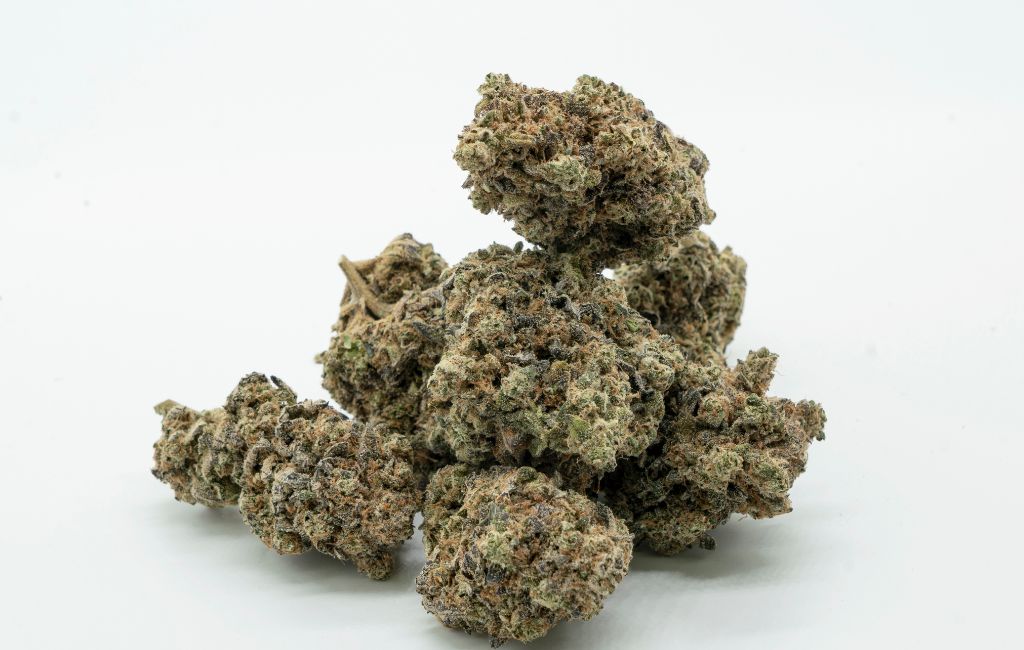Invasive weed species pose significant challenges to ecosystems, agriculture, and economies worldwide. These plants, often introduced to new environments either accidentally or intentionally, can outcompete native species, disrupt habitats, and lead to substantial economic losses. Understanding the characteristics, impacts, and management strategies of invasive weeds is crucial for mitigating their effects.
Understanding Invasive Weeds
Invasive weeds are non-native plants that spread rapidly and cause harm to the environment, human health, or the economy. They thrive in new environments due to a lack of natural predators and their ability to adapt to various conditions. These plants often exhibit aggressive growth patterns, high reproductive rates, and the ability to outcompete native vegetation for resources.
Characteristics of Invasive Weeds
- Rapid growth and reproduction
- High adaptability to different environments
- Ability to outcompete native species
- Lack of natural predators in new environments
Impact on Ecosystems
Invasive weeds can significantly alter ecosystems by displacing native plants, reducing biodiversity, and changing soil chemistry. These changes can have cascading effects on wildlife, as native plants often provide essential food and habitat resources. The loss of native species can lead to a decline in pollinators and other wildlife, further disrupting the ecological balance.
Case Study: Kudzu in the United States
Kudzu, a vine native to Asia, was introduced to the United States in the late 19th century. Initially used for erosion control, it quickly spread across the southeastern states. Kudzu grows rapidly, covering trees, buildings, and anything in its path. Its aggressive growth smothers native vegetation, leading to significant ecological and economic impacts.
Agricultural and Economic Consequences
Invasive weeds can have severe economic impacts on agriculture by reducing crop yields and increasing management costs. They compete with crops for nutrients, water, and sunlight, leading to lower productivity. Farmers often incur additional expenses for weed control measures, which can include mechanical removal, chemical treatments, and biological control methods.
Statistics on Economic Impact
- In the United States, invasive weeds cause an estimated $26 billion in agricultural losses annually.
- In Australia, the cost of managing invasive weeds is approximately $4 billion per year.
- Invasive species are responsible for nearly 50% of all threatened or endangered species listings in the U.S.
Management Strategies
Effective management of invasive weeds requires a combination of prevention, early detection, and control measures. Prevention involves minimizing the introduction and spread of invasive species through regulations and public awareness campaigns. Early detection and rapid response are critical for managing new invasions before they become established.
Control Methods
- Mechanical Control: Physical removal of weeds through mowing, cutting, or hand-pulling.
- Chemical Control: Use of herbicides to target specific invasive species.
- Biological Control: Introduction of natural predators or pathogens to control weed populations.
- Cultural Control: Practices such as crop rotation and cover cropping to suppress weed growth.
Case Study: Biological Control of Purple Loosestrife
Purple loosestrife, a wetland plant native to Europe, has invaded North American wetlands, displacing native vegetation. Biological control efforts have focused on introducing beetles that feed on purple loosestrife. These beetles have successfully reduced loosestrife populations, allowing native plants to recover and restoring wetland ecosystems.
Public Awareness and Education
Raising public awareness about the impacts of invasive weeds and promoting responsible practices can help prevent their spread. Educational programs can inform communities about identifying invasive species, reporting new sightings, and implementing control measures. Engaging local stakeholders, such as landowners and conservation groups, is vital for successful management efforts.
Community Involvement
- Organizing volunteer weed removal events
- Providing training on invasive species identification
- Encouraging the use of native plants in landscaping
- Collaborating with local governments and organizations
Conclusion
Invasive weed species present significant challenges to ecosystems, agriculture, and economies. Understanding their characteristics and impacts is essential for developing effective management strategies. By combining prevention, early detection, and control measures, along with public awareness and education, we can mitigate the effects of invasive weeds and protect our natural resources.
